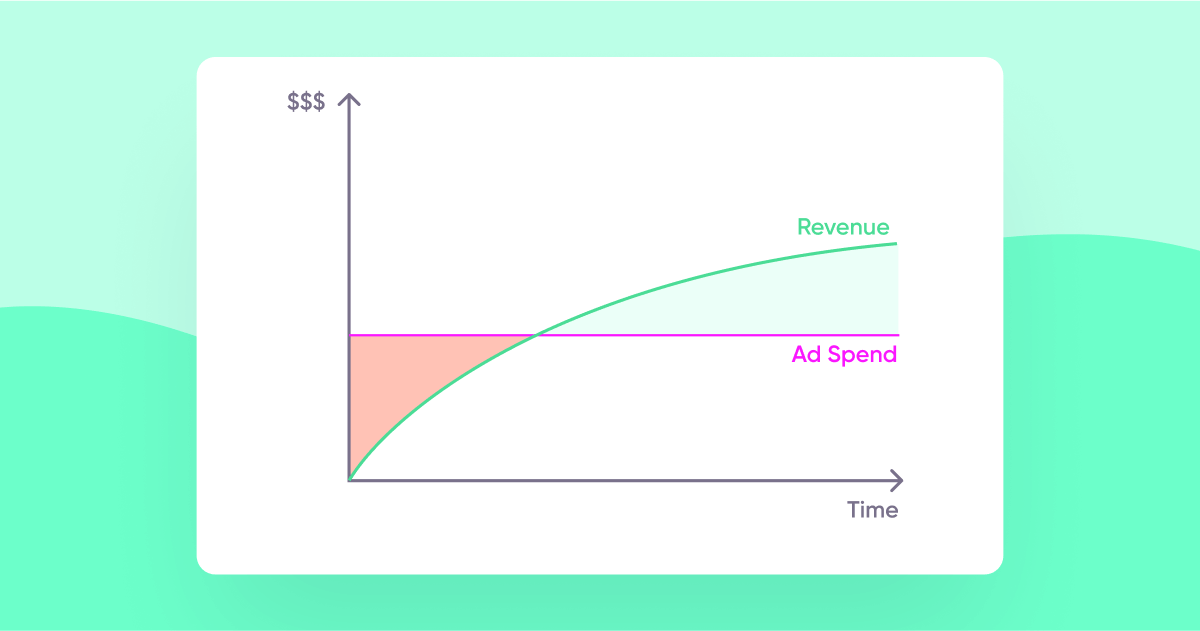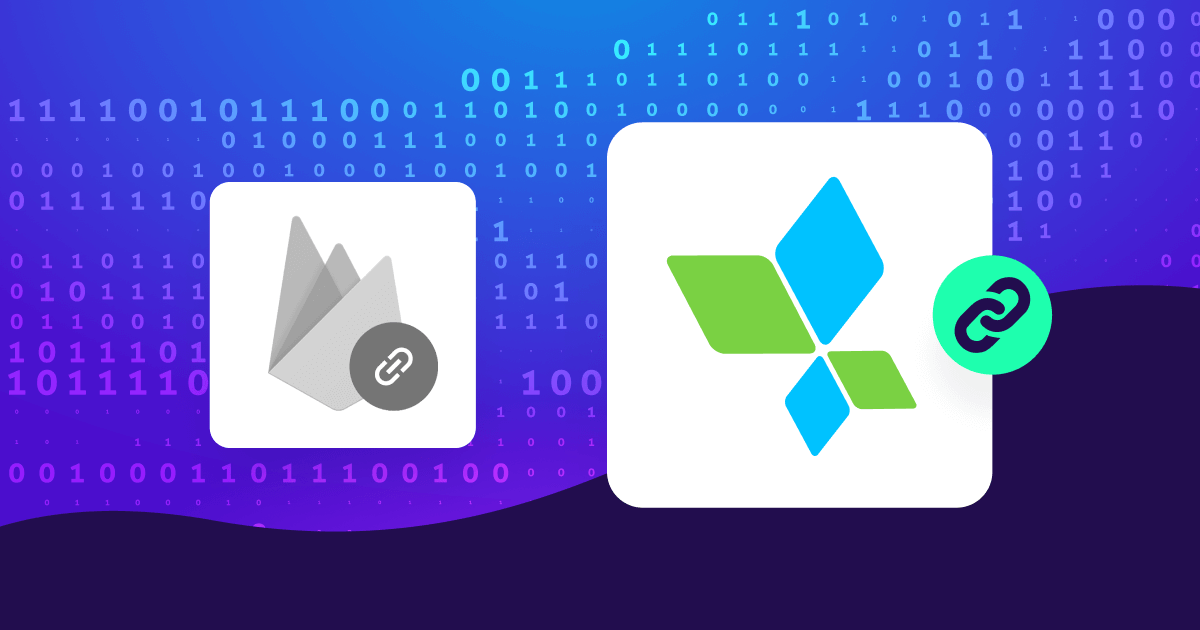
Walled Garden

A subcategory of a Data Clean Room, a walled garden in the realms of AdTech is a closed platform or ecosystem where the technology provider has significant control over the hardware, applications, or content being shared among the participating parties.
What is a walled garden?
In the past few years, almost no industry report or analysis is complete without a generous sprinkle of the term “walled gardens”. This is especially relevant post the recent privacy changes blitz, which made marketers’ ability to access user-level data more challenging than ever before.
A walled garden is a type of Data Clean Room, which helps to hide consumers in a crowd by de-identifying their user-level data and clustering them based on common attributes.
AdTech walled gardens were first introduced by Google, Amazon, and Meta (Facebook) to safely commercialize their 1st-party data, and also capture ad spend from rivals while they’re at it.
Needless to say, nearly 70% of all ad media spend sits with these three giants — each of which allows advertisers to work within their walled garden environments: Google Ads Data Hub (ADH), Facebook Advanced Analytics (FAA), and Amazon Marketing Cloud (AMC).
These security-stringent environments are where the mega self-reporting networks (SRNs) make event-level data accessible for marketers so they’re able to make informed campaign decisions, without jeopardizing consumer privacy or the ecosystems’ closely-guarded defense moats.
How walled gardens are being used?
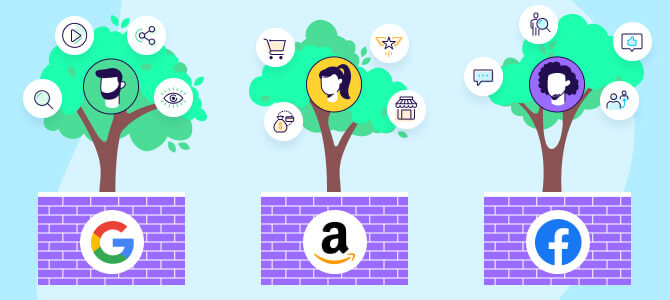
Data Clean Rooms and walled gardens allow marketers to harness the power of the combined data set while adhering to privacy regulations.
Personally identifying information (PII) or attribution restricted data of individual users is not exposed to any of the involved contributors, which makes it impossible for them to single out users using their unique identifiers.
In most cases, the only outputs from these environments are aggregate level insights, e.g. users who have performed action X should be offered Y. That said, user level output can take place given the full consent of all involved parties.
Operating a walled garden isn’t just about safe-guarding data. These closed platforms also require a full stack of in-house solutions like trackers, developers, designers, and a management team to piece all of these individual elements together.
Because this setup is so extremely resource and labor-intensive, only a handful of businesses can afford to venture into building, maintaining, and scaling a walled garden solution.
Now that we’ve figured out the what, let’s explore a few examples for a walled garden:
With roughly 1.5 billion Gmail account holders and over 100 billion searches on their platform every month, Google is by far the largest digital advertising company in the world, allowing advertisers to leverage campaign insights using its Ad Manager as a walled garden.
Meta (Facebook)
With close to 3 billion users on their platform, Meta has access to immense amounts of user-level data, which is harnessed to enable one of the most comprehensive ad targeting capabilities out there.
Meta requires advertisers to use their data management platform (DMP), demand-side platform (DSP), and dynamic creative optimization (DCO), while keeping much of their campaign performance data in-house.
Amazon
The company has recently reported generating over $31 billion in ad revenue in 2021 through its Amazon Ads service, making it the 3rd-largest digital advertising company in the world, just behind Google and Meta. In addition to featuring similar walled garden capabilities as Google and Meta, Amazon can also leverage its unique purchase data from the 18.5 purchases made on their platform every second.
The give and take of a walled garden
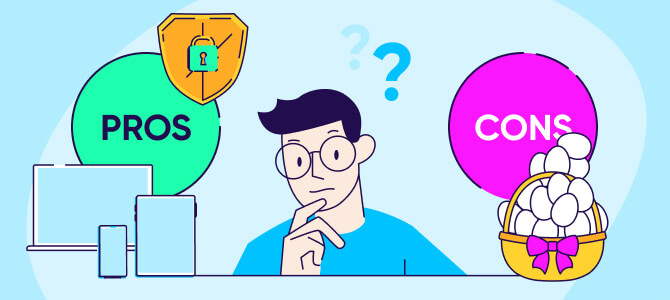
The pros
Benefit #1 – Supporting 1st-party data set enrichment with event-level data
The key ingredient that makes Data Clean Rooms a highly credible platform in general — is the fact that access, availability, and usage of data are agreed upon by all parties, while data governance is enforced by the trusted provider.
This framework ensures that one party can’t access the other’s data, which upholds the ground rule stating that individual or user-level data can’t be shared between different companies without consent.
Other than gauging what other parties already know about audiences they have in common — such as reach and frequency, audience overlap, cross platform planning and distribution, purchasing behavior, and demographics — walled gardens can also be used as an intermediary tool for measuring campaign performance.
Instead of guesstimating audience insights, brands can actually look under Amazon or Google’s 1st-party data hood, all while being completely privacy-abiding.
In return, advertisers can get an aggregated output without individual identifiers, including segmentation and look-alike audiences, which can then be shared with a publisher, a DSP, or an ad network to inform a campaign.
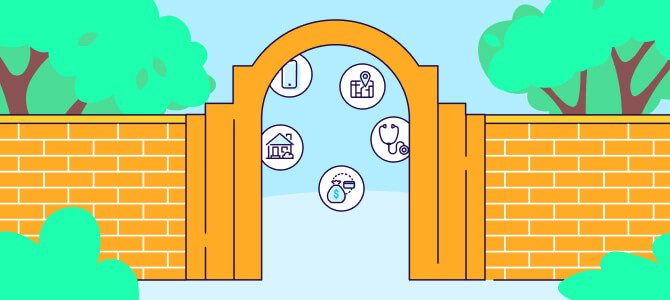
Benefit #2 – Accurate campaign measurement
Walled gardens like Google, Meta, and The New York Times, own rich user-level data that advertisers can leverage within the walled gardens environment, to create successful, personalized and well-targeted campaigns.
Benefit #3 – User privacy
Walled garden providers pride themselves on their rigid privacy and security standards. User-level data is encoded which renders it inaccessible to other involved parties, while the walled garden provider enforces effective systems to ensure that data remains protected.
Benefit #4 – Cross-device user engagement
Most users perform various activities such as placing a purchase on Amazon or running a Google search from multiple devices, i.e. their smartphones, laptop, or tablet.
This gives these platforms invaluable cross-device data that can then be shared with advertisers (anonymously) for the purpose of campaign reach and optimization.
The cons
Disadvantage #1 – Offering raw materials for analysis
Making this data readable to the average marketer will require a team of data scientists, analysts, or engineers — which will inevitably turn the process of getting actionable insights into a more complex, labor-intensive one.
Disadvantage #2 – Rigid architecture & strict query functionality
When privacy checks are triggered, rows can be filtered without warning. Some privacy checks compare against your historical results, and can be triggered if your results don’t change adequately between jobs. Additionally, the data that feeds into Ads Data Hub is subject to change.
Disadvantage #3 – No cross-platform activation of data
Any insights discovered can only be leveraged across the same walled garden network. In other words, you cannot take an insight found in Meta and apply it to Google.
Disadvantage #4 – Lack of intercompany data collaboration
Walled garden solutions are not designed for bespoke collaboration between parties, but strictly for matching brands’ 1st-party data with walled garden data.
Disadvantage #5 – Putting all of your eggs in one basket
As we approach Google’s target date for deprecating 3rd-party cookies, it looks like many brands will need to play more in Google’s Sandbox as their only option. But, an over-reliance on one walled garden, instead of a balanced and healthy mix, might leave businesses exposed to various issues should something go wrong.
Add to that the inability of the involved parties to audit the walled garden provider’s decisions or algorithms — and you get somewhat of a black box where advertisers are concerned.
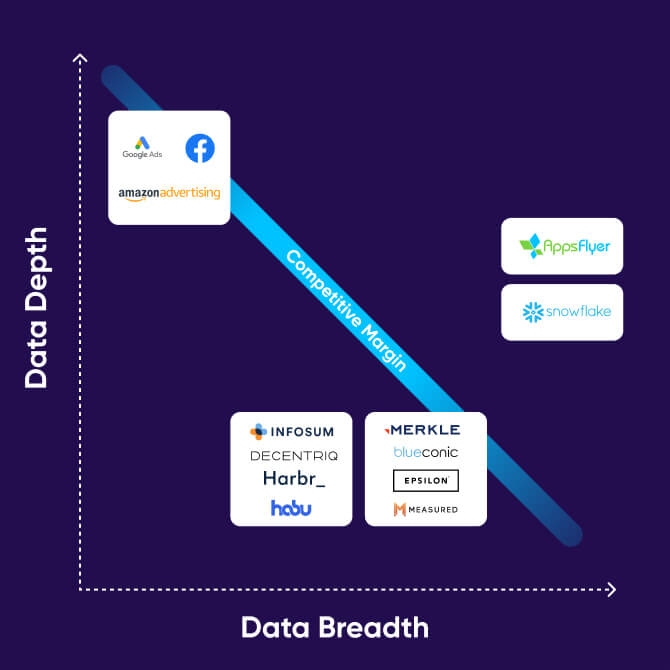
The future of walled garden in AdTech
The walled garden platforms offered by Google, Amazon, Meta, Twitter, or Snap, have an important role in the lives of every single player throughout our ecosystem — including publishers, advertisers, and marketers.
And their allure is quite obvious: unmatched access to user-level data of billions of users across the globe.
Strong competition on the demand-side directly benefits publishers in terms of generating better yield for every available impression. According to Digiday, this is in fact the very reason header bidding gained widespread adoption, and a good example for how walled gardens affect publishers.
With the upcoming demise of 3rd-party cookies, publishers serving programmatic ads are likely to see their eCPMs drop, which in turn will lead to declines in monthly ad revenue. Walled gardens like Meta’s, however, won’t be hurt by the change as much, as they mainly rely on 1st-party data for campaign segmentation.
Key takeaways
- A walled garden is a type of Data Clean Room, which helps to hide consumers in a crowd by de-identifying their user-level data and clustering them based on common attributes.
- Within this environment, the walled garden provider has significant control over the hardware, applications, or content being shared among the participating parties.
- Walled gardens allow marketers to harness the power of the combined data set while adhering to privacy regulations. PII or attribution restricted data of individual users is not exposed to any of the involved contributors, which makes it impossible for them to single out users using their unique identifiers.
- In most cases, the only outputs from these environments are aggregate level insights, e.g. users who have performed action X should be offered Y. That said, user level output can take place given the full consent of all involved parties.
- Walled gardens offer pros and cons for all involved parties. On the one hand, unrivaled access to native ecosystem data, but no cross-channel access. Unmatched depth of data, but very little breadth (i.e. no cross-channel enrichment), requiring a data scientist or engineer to turn raw data into actionable insights, and very limited flexibility around queries.
